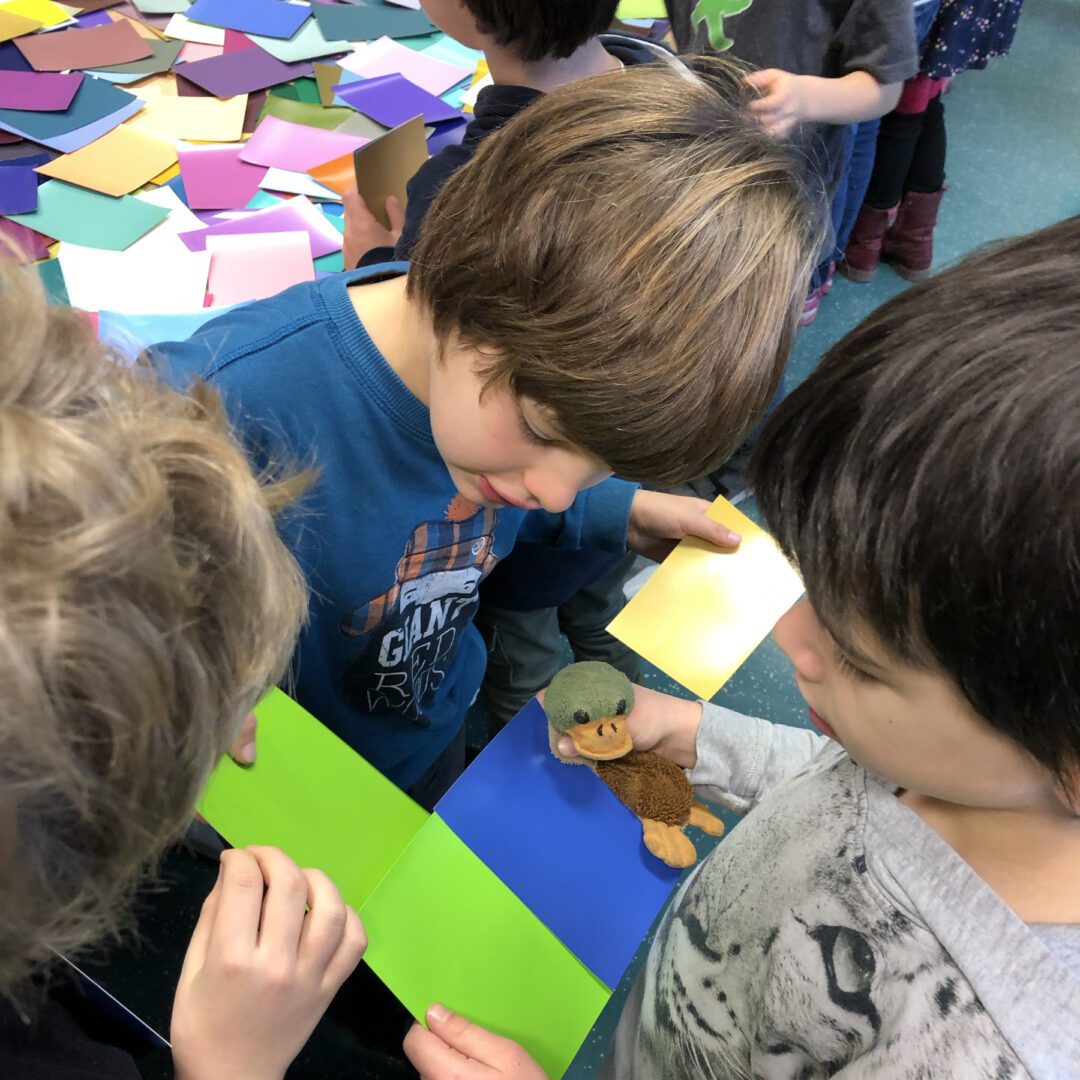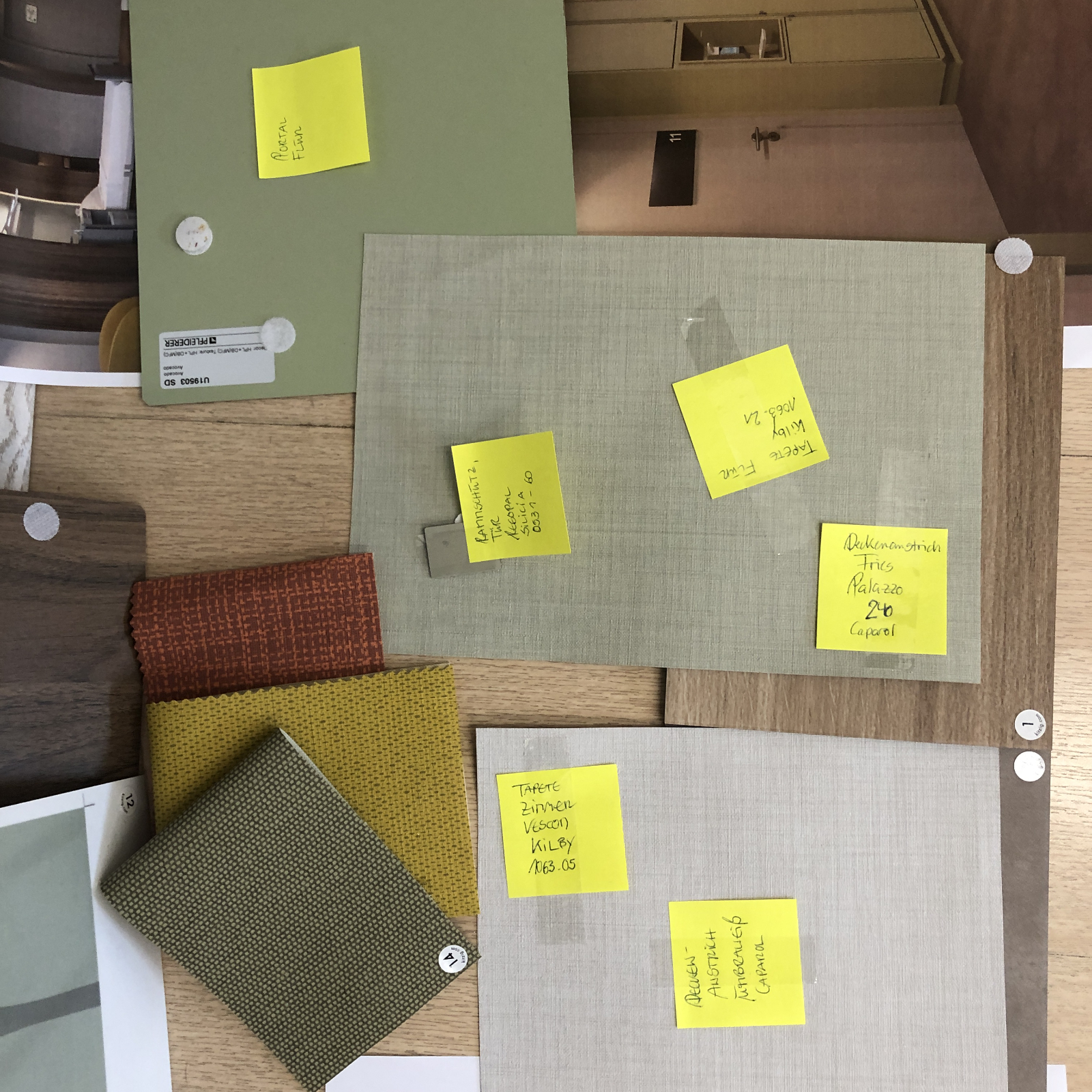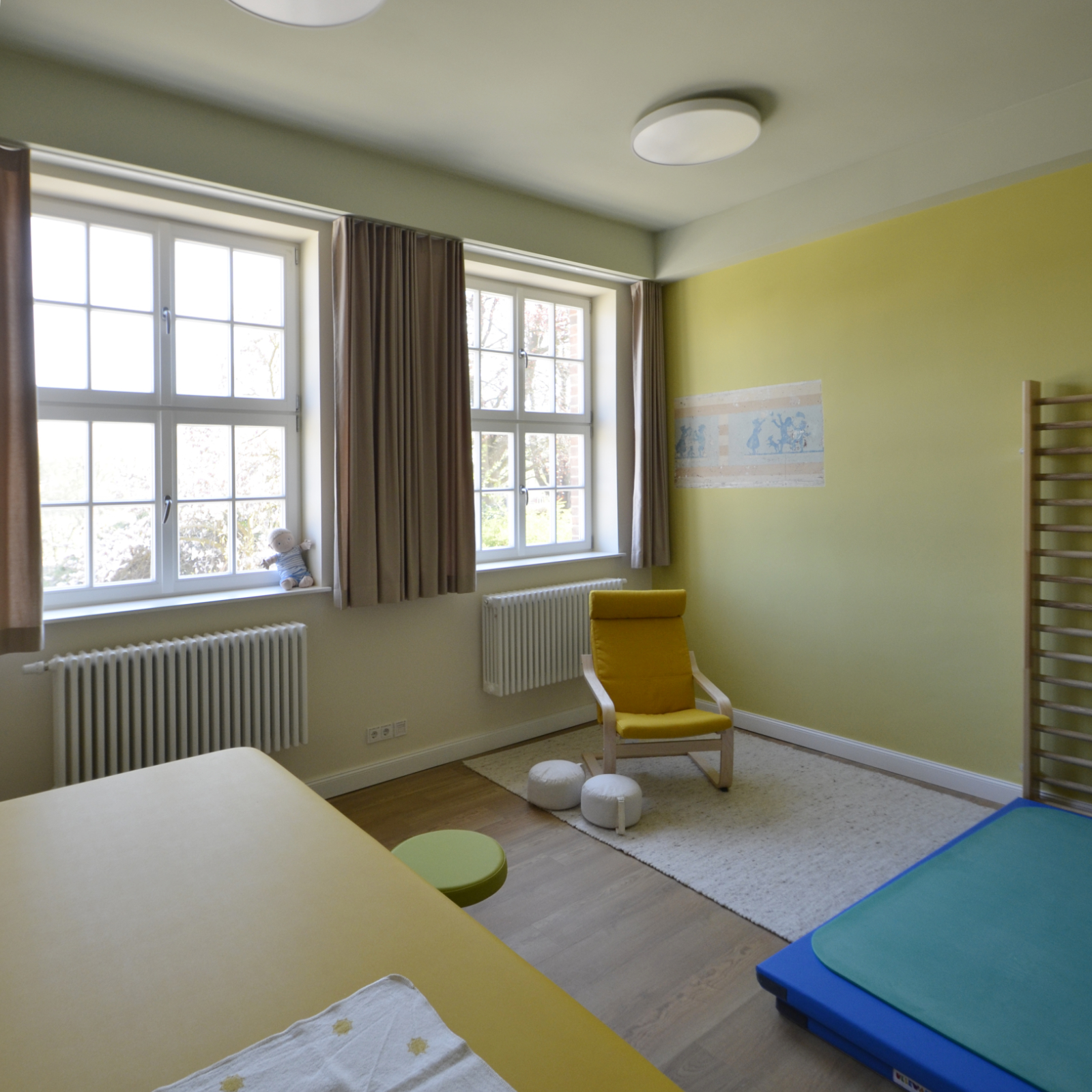
Perceiving colors with all senses
Infants’ color perceptions shift a little further from the retina of their eyes into the surrounding space each time they interact with their environment. In the end, they see colors exactly where they belong according to the consensus of all their senses. The child therefore stretches out his hands many times unsuccessfully towards the white color spot on the milk bottle until he understands where his color and tactile sensations meet. The white spot only takes on a spatial form when the child has learned how to synchronize its color sensations with the tactile movements. The ability to distinguish between object and background is not innate, but has to be learned, which the child does all by itself when it reaches for something. In this way, colors gain a meaningful form and surface. They signal to us characteristics, behaviors and intentions. The colorfulness of the visible world soon permeates the child’s memories, thoughts and dreams. Colors merge with meanings, become entities, characteristics and identifying features. Children need to perceive the world before their eyes with all their senses in the first months of life, otherwise colors will remain a meaningless phenomenon for them. (Read more about this in my new book “The Mysterious Power of Colors“)
Together with ZDFtivi, I made a knowledge film about the power of colors for the discovery magazine PUR+. The focus was on an experiment in which children aged around twelve were asked to state their favorite color. Then they had to bring the complete contents of their closet and lay out the clothes of all the children in color circles that did not allow any conclusions to be drawn about the shape of the individual items of clothing. The children were then asked to name the character traits of their classmates and place their classmates in the corresponding color circles, which, to our surprise, they all did without any problems. It was interesting to note that about half of all children rarely or not at all included their favorite color in their assigned color wheel. The contradiction was particularly striking among boys who indicated pink, yellow and purple as their favorite colors. It became clear that the influence of the peer group, as with all of us, reliably ensures that desired behavior is reinforced, while unconventional character traits and behaviors disappear from view.
Lecture venue:
Ardeyhaus – Ev. St. Petri-Pauli parish Soest
Paradieser Weg 84, 59494 Soest, Germany
Organizer:
Evangelical Church District of Soest Arnsberg
If you are interested in participating in the event, please enquire directly about the possibility of attending


